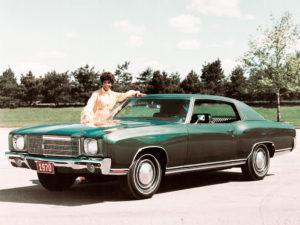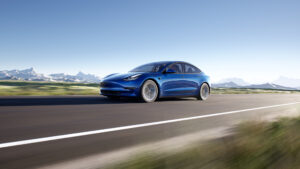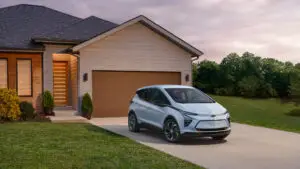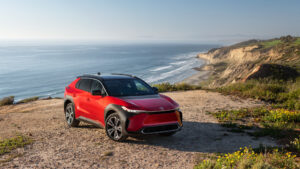The success of Hyundai’s “Smaht Pahk” commercial starring Chris Evans, John Krasinski, Rachel Dratch, David “Big Papi” Ortiz, and the 2020 Hyundai Sonata, the automaker has debuted three new spots in the same vein.
Part of a national campaign for the Sonata, the TV spots highlight the Sonata’s technologically advanced features including Remote Smart Park Assist and Digital Key. Viewers can see the ads during national TV shows such as “Saturday Night Live”, “The Bachelor”, and “Real Housewives”.
“The style and technology of the all-new Sonata is sophistically upgraded to make the drivers daily experience better and it is a premium, exciting sedan build for the bold,” said Angela Zepeda, CMO, Hyundai Motor America. “The technologies on Sonata set it apart from other sedans in the segment and we wanted to display that in a fun, lighthearted way that people could relate to, similar to our approach in this year’s Big Game.”
Watch the three new ads below.









